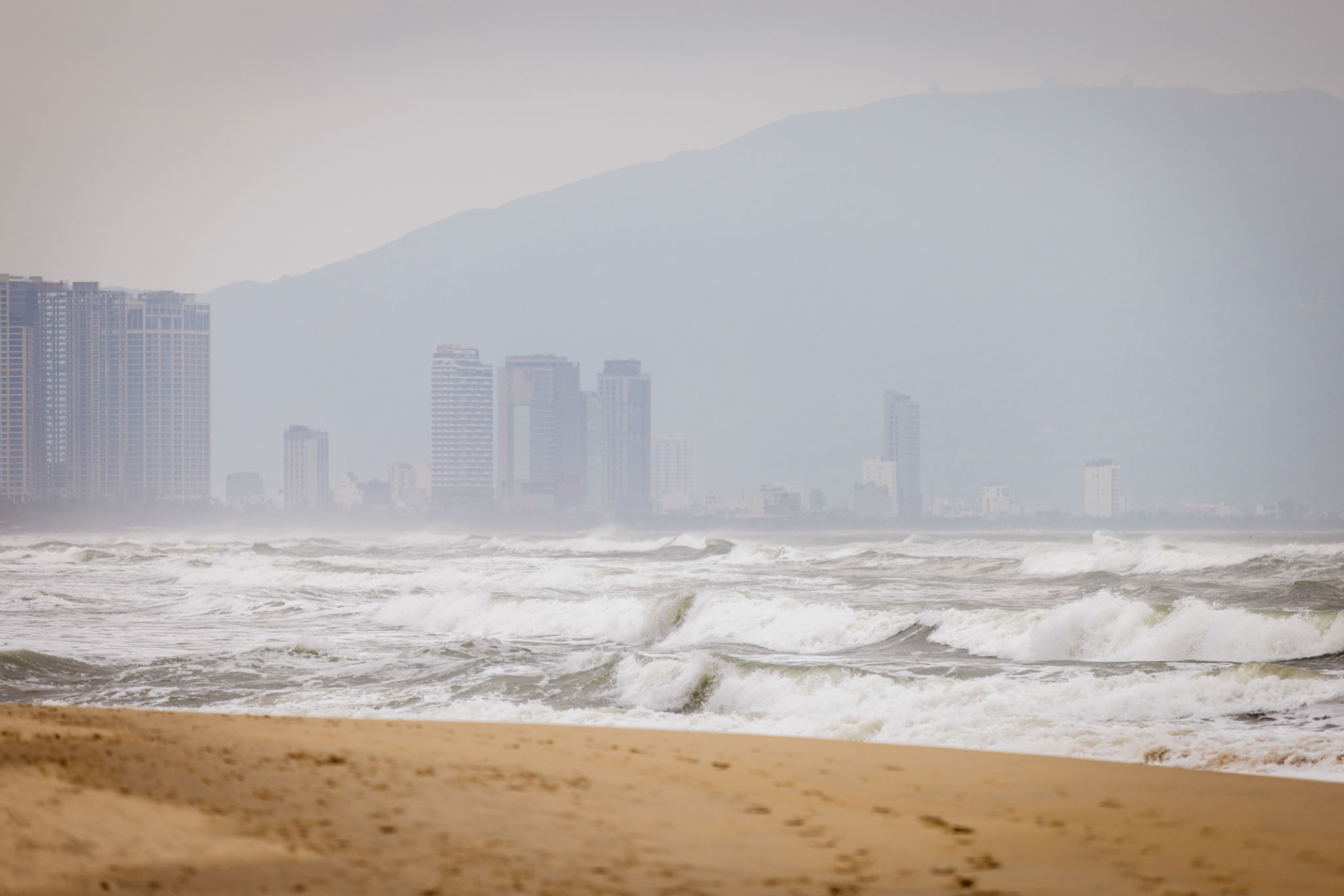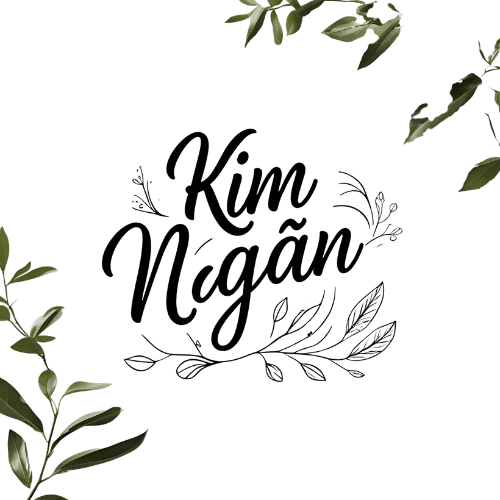Da Nang – A Journey Between Blue Seas, Youthful Streets, and Quiet Corners
Da Nang – A Journey Between Blue Seas, Youthful Streets, and Quiet Corners
1. Overview & Highlights
Da Nang is a city of contrasts — a place where modern bridges light up the night while quiet waves roll in at dawn.
You’ll find beaches that sparkle, mountains that whisper, and neighborhoods that buzz with life yet still offer a quiet bench by the river.
Often called Vietnam’s most livable city, Da Nang isn’t just a gateway between Hue and Hoi An. It’s a destination with its own rhythm — vibrant yet gentle, exciting yet comforting.
2. Culture & People
People in Da Nang are known for being warm, honest, and straightforward.
There’s a down-to-earth charm in their voices, a sincerity in their smiles, and a strong sense of community behind the fast-growing cityscape.
The culture here is a blend of seaside traditions, central Vietnamese heritage, and urban modernity — all wrapped up in an easygoing lifestyle.

3. Must-Try Foods
Da Nang’s cuisine reflects the soul of central Vietnam — bold, flavorful, and soulful:
- Mi Quang (turmeric noodles) with rice crackers and fresh herbs
- Pork and vegetable rolls with rice paper and fermented fish sauce (banh trang cuon thit heo)
- Bun mam nem, grilled fish cake noodle soup, crispy pancakes with lemongrass skewers
- For dessert: Da Nang jelly sweet soup, yogurt with salt, or a classic Vietnamese iced coffee
✨ A bowl of Mi Quang in the morning, sipped with strong coffee, is how Da Nang says: “take your time.”
4. Practical Travel Tips
How to get there:
- Da Nang International Airport connects to Hanoi, Ho Chi Minh City, and major cities in Asia
- Get around by motorbike, Grab, or even bicycle for short city routes
Best time to visit:
March – May: clear skies, great for swimming
September – October: softer sunlight, mild weather
Avoid heavy rains (Oct–Dec) if you prefer dry weather
⛱ Mornings and late afternoons are the best for beach visits — softer sun, fewer people, clearer water.
5. Recommended Clothing
- Flowy beachwear: maxi dresses, linen shirts, light shorts
- Blue, white, or pastel tones work beautifully in photos
- Sportswear if hiking in Son Tra or visiting Ba Na Hills
- Flat sandals or soft sneakers for walking around the city
6. Best Photo Spots
- Dragon Bridge, Love Bridge, and Tran Thi Ly Bridge at night
- My Khe Beach, Non Nuoc, Nam O Rock Beach
- Son Tra Peninsula, Monkey Mountain, Linh Ung Pagoda
- Marble Mountains, Ba Na Hills, and café rooftops by the Han River
6.1. Must-Visit Attractions & Experiences
- Son Tra Peninsula, Linh Ung Pagoda, Ban Co Peak
- Marble Mountains, stone-carving village, Buddhist caves
- Dragon Bridge, Han River Bridge, Tran Thi Ly Bridge
- My Khe Beach, Nam O fishing village, Obama Rock Beach
- Ba Na Hills, Golden Bridge, Sun World Fantasy Park
- Han Market, Con Market, Nam O seafood village
7. Suggested Itinerary (3 Days, 2 Nights)
Day 1: Arrival – Mi Quang lunch – check in – walk around bridges and My Khe Beach – night market
Day 2: Visit Marble Mountains – explore Linh Ung Pagoda – drive to Son Tra Peak – sunset café
Day 3: Morning at Han Market – optional Ba Na Hills trip – airport transfer
8. FAQs & Reference Costs
What makes Da Nang special? → The rare harmony of beach, mountain, culture, and city life
Estimated travel costs:
- Flights: from 90 USD
- Meals: $10–20 USD/day
- Accommodation: From $20–40 USD/night (mid-range)
Da Nang offers a unique kind of balance —
You can swim at sunrise, stand above clouds at sunset, and sip coffee by the river in between.
It’s a place for both the fast-paced traveler and the one who likes to pause, breathe, and feel.
If you ever long for a city that moves forward without rushing, that welcomes without overwhelming — Da Nang is already waiting.
